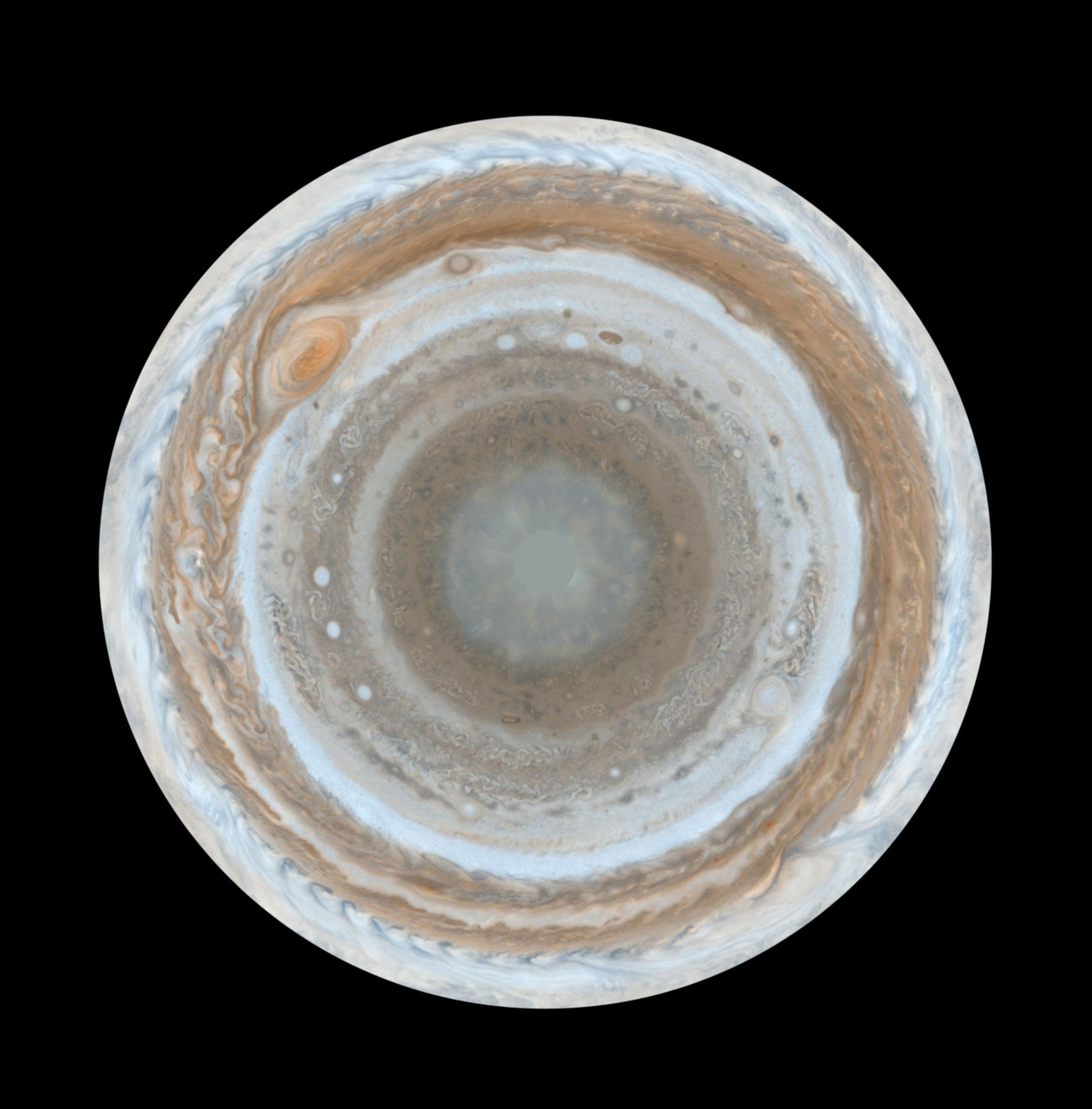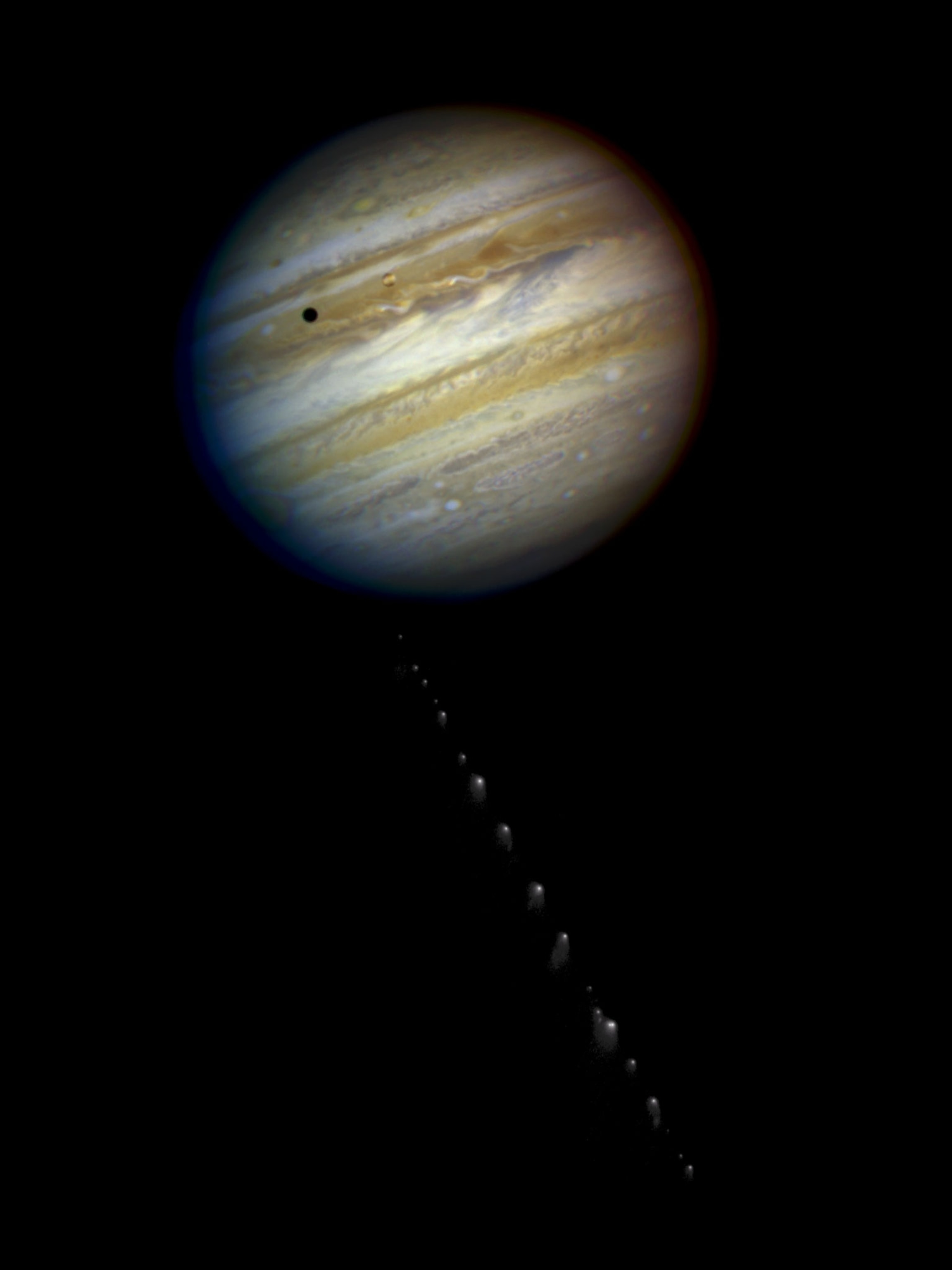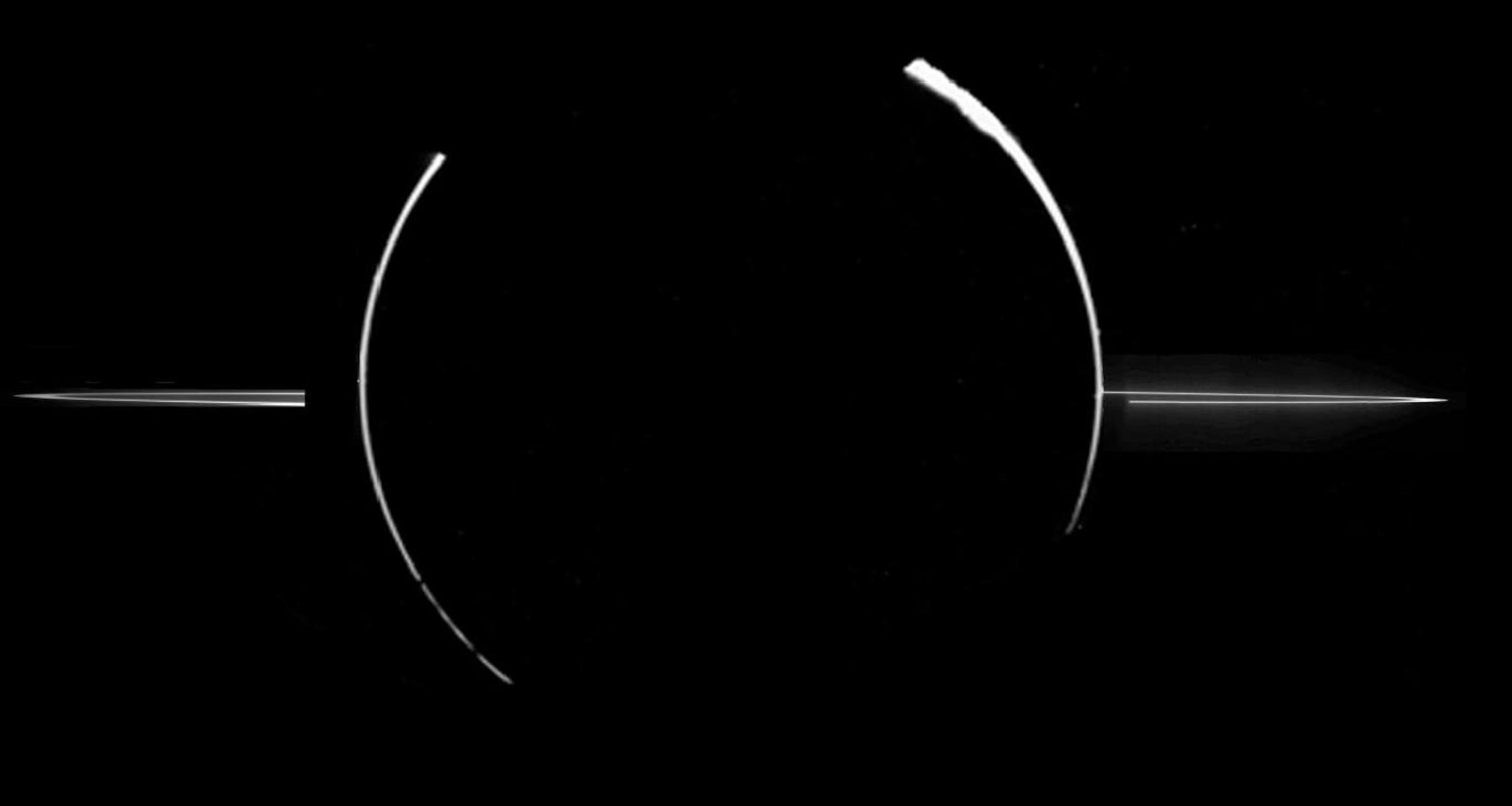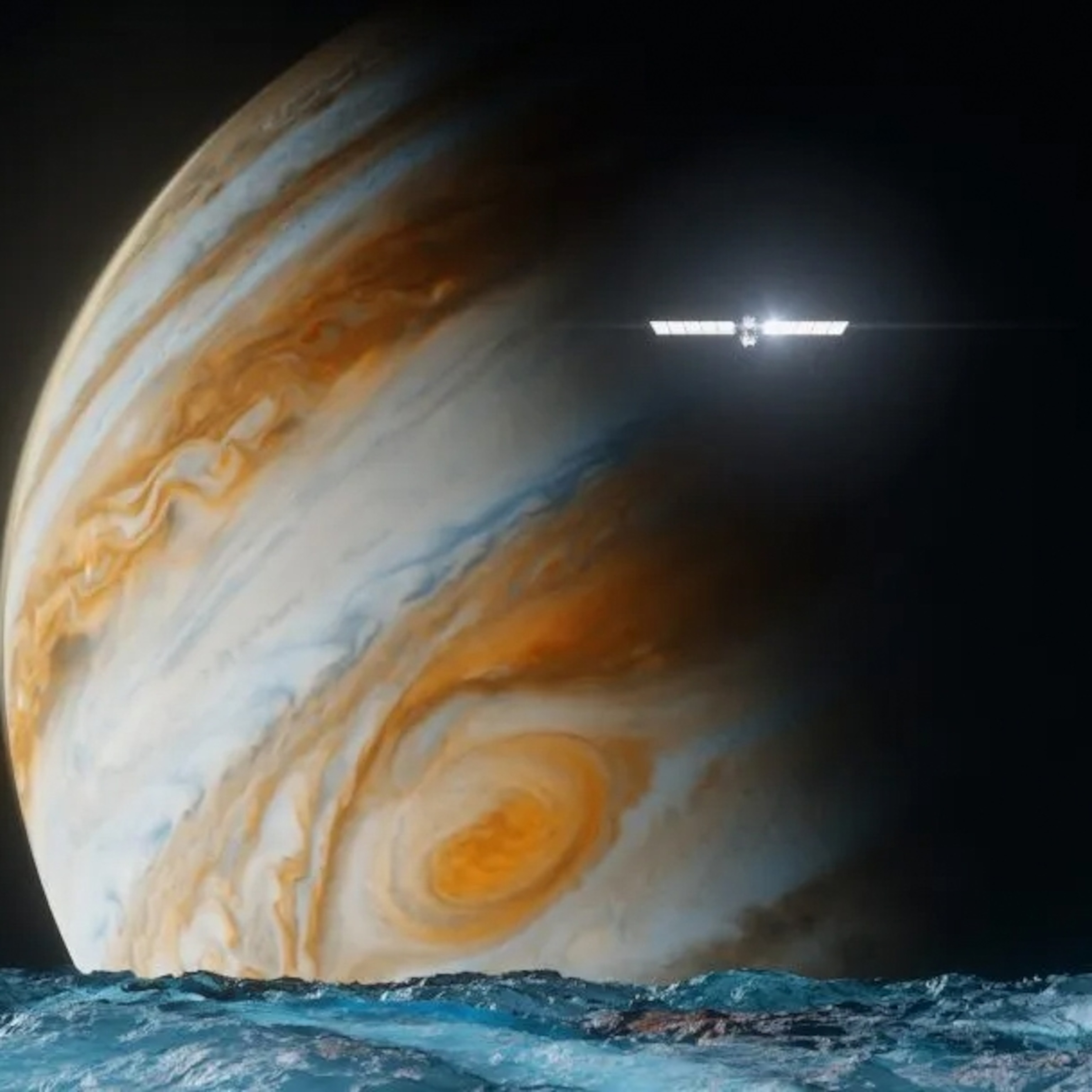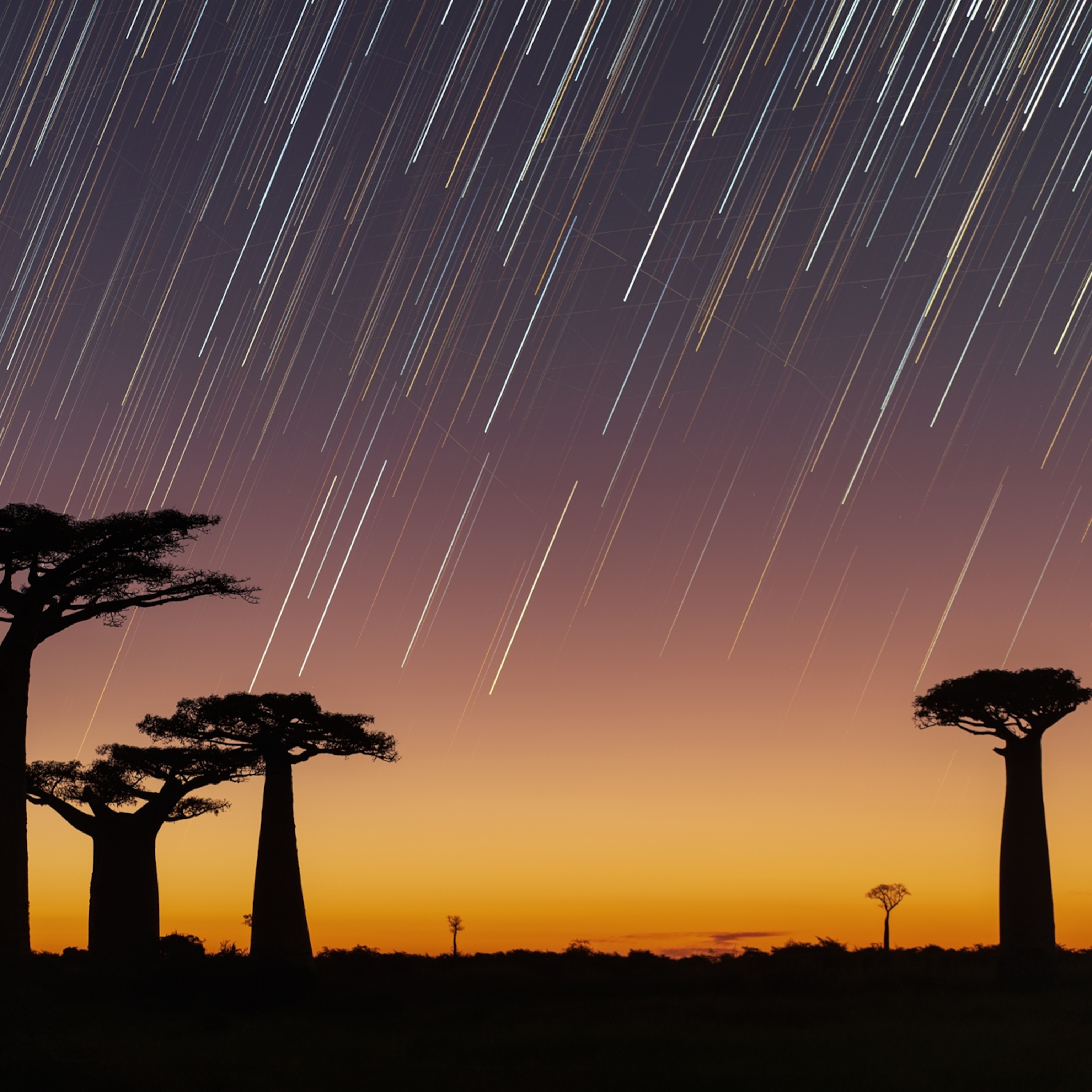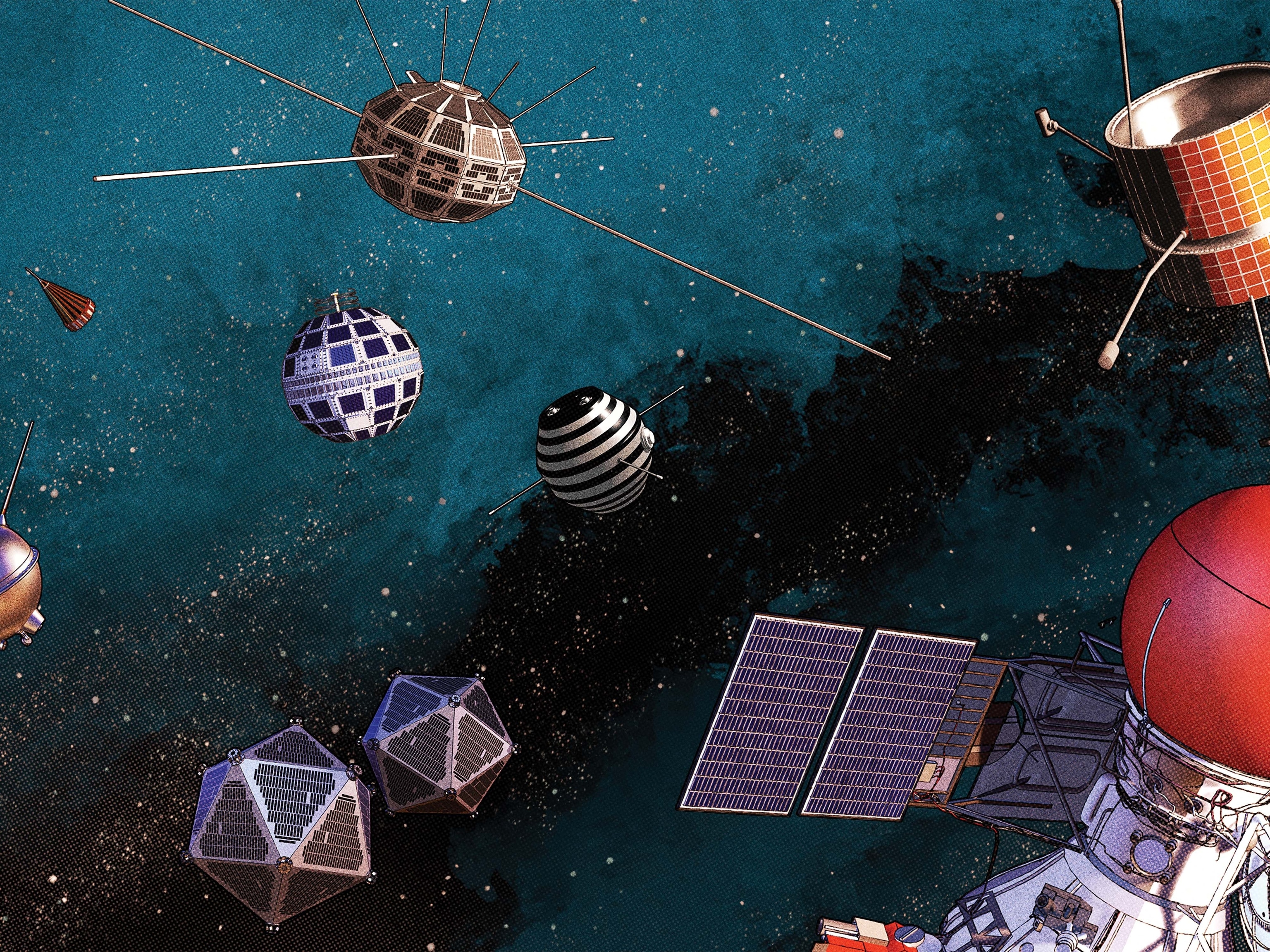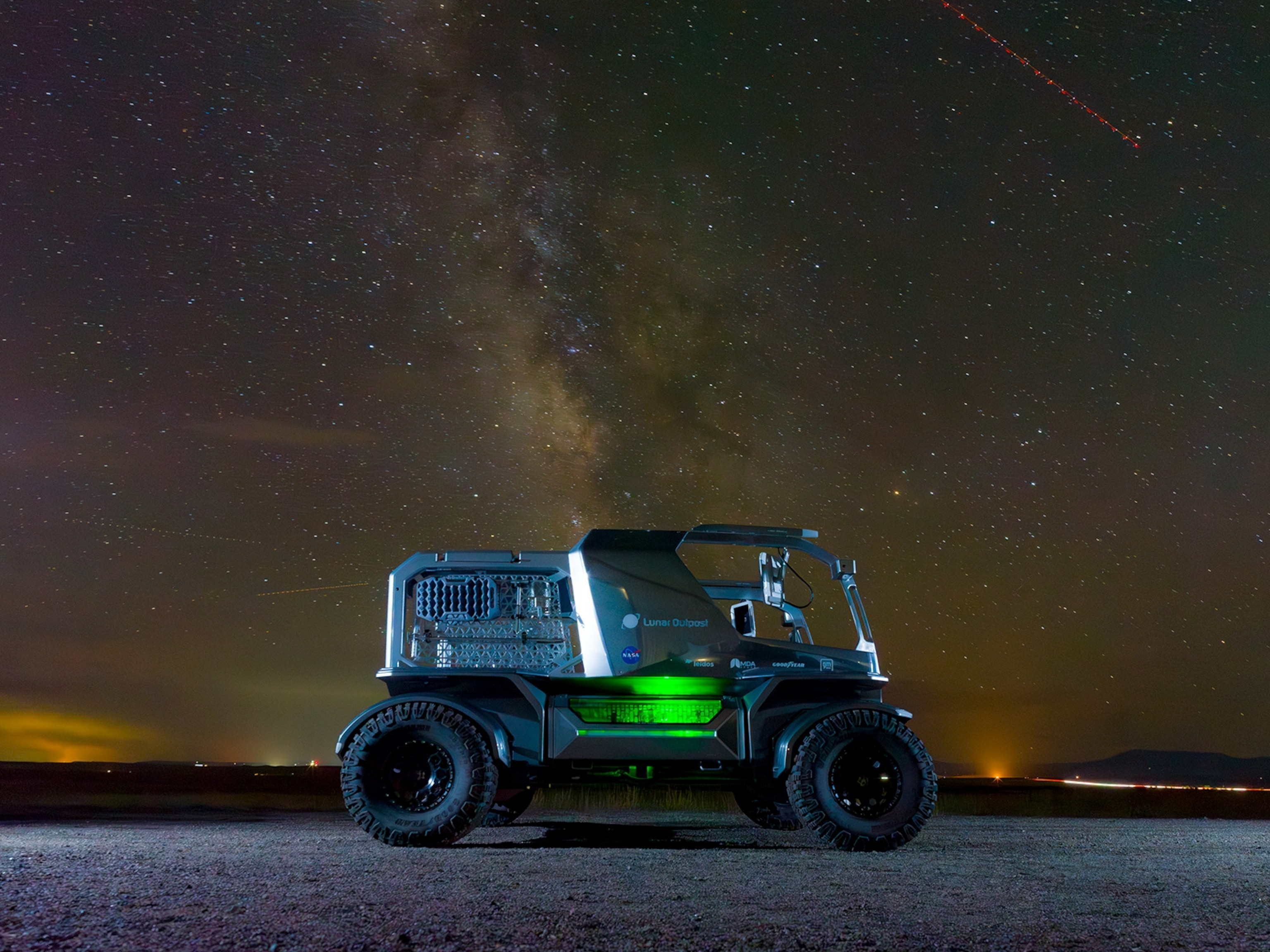
NASA Probe Is About to Give the Best Ever Views of Jupiter
Once it goes into orbit on July 4, the Juno spacecraft will unlock some of Jupiter’s mysteries and send back amazing close-up images.
While most of America will be camped out in the gloaming awaiting the annual Independence Day fireworks, NASA scientists and engineers will be hoping for a less explosive celebration: the long-awaited arrival of the Juno spacecraft into orbit around Jupiter.
With three elongated solar arrays stretching away from its rotating body, Juno resembles a windmill peacefully spinning through space. But when it arrives at Jupiter at 11:18 ET on July 4, it will momentarily become one of the fastest human-made objects as it dives close to the massive planet and careens through its punishing radiation belts.
“Jupiter’s charged particle radiation belts are the most energetic and intense in the solar system,” says Juno scientist Barry Mauk of the Johns Hopkins University Applied Physics Laboratory in Maryland. “They represent dangerous challenges to any spacecraft mission traveling to Jupiter.”
If it survives a dramatic 35-minute insertion maneuver, the spacecraft will settle into a stable polar orbit. Over the next 20 months, Juno will zip around Jupiter in 37 long orbits, spending a large chunk of time hundreds of thousands of miles away to avoid dallying in the radiation belts.
But the goals of the mission mean that Juno will also sweep closer to Jupiter than any previous spacecraft, diving near the clouds every two weeks. At its closest approach, Juno will glide just shy of Jupiter’s cloud tops, skimming only 3,100 miles (5,000 kilometers) away.
From that vantage point, Juno will use a suite of tools designed to unlock some of Jupiter’s deepest mysteries. With its eight onboard instruments, Juno seeks to explore Jupiter’s origins, study its intense radiation fields, and peer beneath its thick shroud of banded clouds.
Getting a better understanding of how Jupiter formed is a key mission goal, said astrophysicist Scott Bolton, the principal investigator for the Juno mission, during a June 16 NASA mission briefing.
“How do you make the planets in our solar system? We want the recipe,” Bolton said. “Jupiter holds a unique position, because it was the first planet to form and has more of what Earth is made out of. Learning about that history is really critical to figuring out how we got here, and how we find other systems like ours elsewhere.”
That means Juno has a lot to do in its two years of service.
To better understand how Jupiter and other gas giants like it formed, scientists want to know how much water—and by extension, oxygen—Jupiter holds. This will be challenging even up close, given that Jupiter is 99 percent hydrogen and helium with a healthy dose of ammonia thrown in, all churning under enormous pressures that are difficult to replicate on Earth.
Theories for how Earth acquired its water are closely tied to Jupiter’s formation in the early days of the solar system, so understanding how much water the planet currently contains can give clues about its exact influence.
Juno will also help reveal Jupiter’s innermost heart. In part by studying fluctuations in the planet’s poorly understood gravitational and magnetic fields, scientists hope to create a better picture of the composition of the planet’s core. For instance, they aim to suss out whether it’s a dense knot of rock and ice, a deep sphere of molten hydrogen, or something else entirely.
The planet’s powerful magnetic fields are also a subject of study, requiring the probe’s instruments to be shielded by an unprecedented layer of protection inside Juno’s “radiation vault.”
“Juno’s wearing a suit of armor,” says Heidi Becker, the lead radiation monitoring investigator on the mission. With walls of titanium half an inch (1.2 centimeters) thick, the vault weighs roughly 400 pounds (880 kilograms) empty. But without it, Juno’s instruments would quickly be blinded by the huge population of electrons barreling around the planet at nearly the speed of light.
“If we did nothing else, Juno would be experiencing a radiation dose of over 20 million rads, which would be like a human undergoing over 100 million dental X-rays in a little over a year,” says Becker.
Because of its spin as it orbits, Juno will also be able to peer outward into space to see the extent of the planet’s magnetic fields, which trap and circulate its radiation belts.
Juno will also get an up-close look at the planet’s spectacular x-ray auroras, thought to be generated by a complicated dynamic taking place between Jupiter’s atmosphere, magnetic field, and its 10-hour rotation cycle.
Take Your Best Shot
Meanwhile, the probe’s onboard JunoCam will give Earthlings their best high-quality glimpses of Jupiter. Unfortunately, the camera’s life span is fated to be much less than that of its non-optical counterparts; JunoCam is expected to survive only seven or eight orbits before succumbing to ruinous levels of radiation exposure.
Mission executive Diane Brown, at NASA headquarters in Washington, D.C., notes that the public can be involved in selecting targets for JunoCam imaging. The project team is currently accepting submissions, with more than 50 possible areas already identified, and voting will be enabled later this year on the JunoCam website to narrow down the list.
“We are very excited about the unique opportunity that JunoCam provides for citizen scientists,” says Brown, adding that NASA will also be asking the public to help process the images as they are transmitted.
All of Juno’s instruments will be turned off five days before it reaches Jupiter, but the team expects to release their first images on the day of arrival. Close-up images of the polar regions will be taken during the first full orbit on August 27 and may include pictures of Jupiter’s largest moon, Ganymede.
Imke de Pater, a professor of astronomy at the University of California, Berkeley, has made a career of studying Jupiter and its radiation. She’s eager to combine Earth-based data with the new measurements Juno will collect.
“Because of the Juno mission, there are many, many ground-based observers who have asked for telescope time at all different wavelengths, so we’re getting an incredible amount of data,” de Pater says. “With this, we can put together temperature maps and [chemical] species maps, ammonia and such, so the whole campaign together is very exciting.”
A better understanding of Jupiter’s environment will help smooth the way for future journeys to the planet’s icy moons, including an upcoming flyby mission to Europa. This frozen world is thought to contain a global subsurface ocean that may even host life.
To avoid unintentionally contaminating Europa or any of the rocky moons it eventually wants to visit, NASA will watch Juno sign off after one last pass at the mission's end—then send the probe plunging into Jupiter itself.
Follow Michelle Z. Donahue on Twitter.







